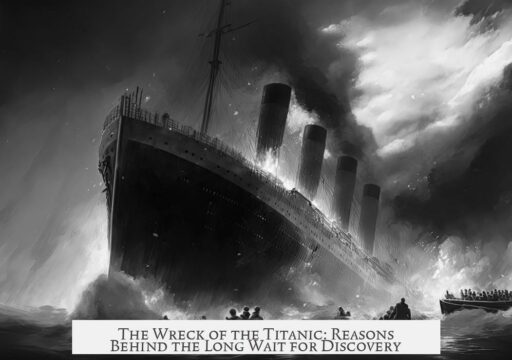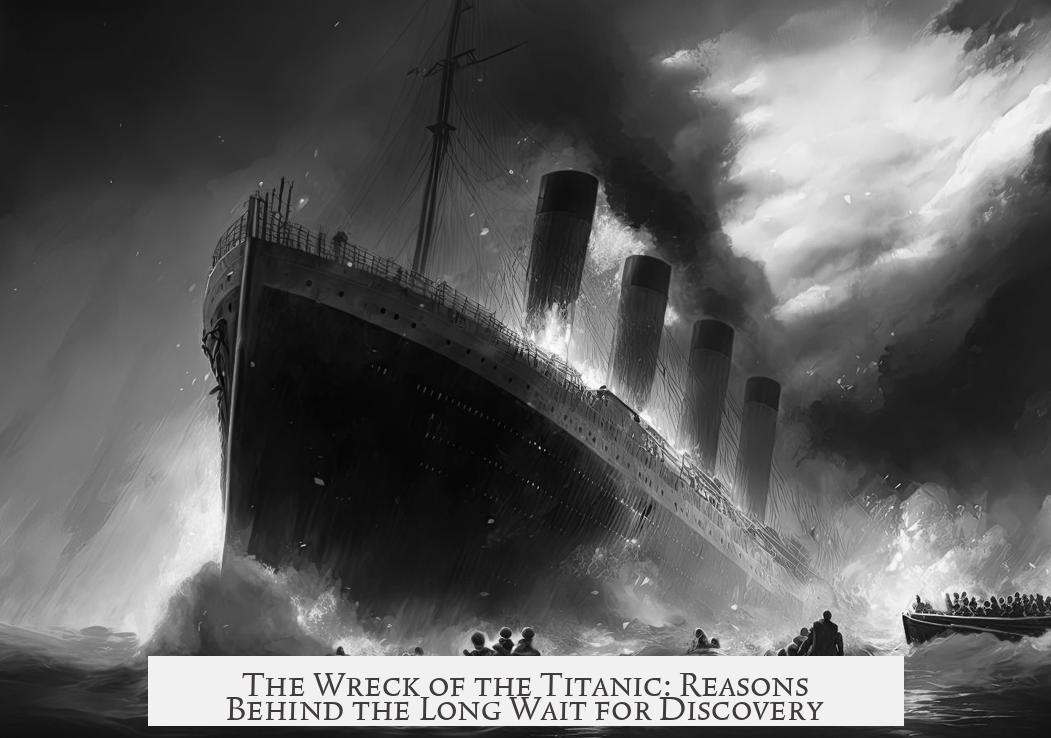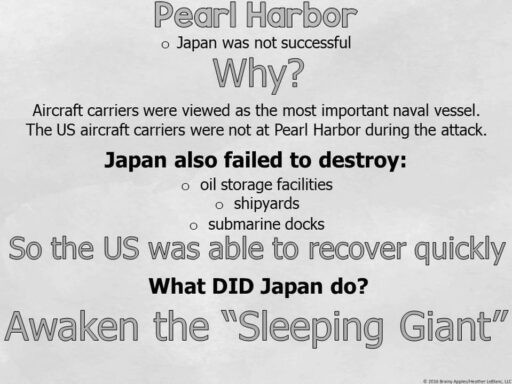The wreck of the Titanic wasn’t discovered until 1985 because the initial coordinates reported after the sinking were inaccurate, technological limitations prevented effective deep-sea searches for decades, and earlier search efforts used ineffective methods. Despite approximate knowledge of the disaster site, errors in navigation and timekeeping led to imprecise location data, and the depth of the wreck made detection difficult until new technologies and techniques emerged.
When the Titanic struck the iceberg around midnight on April 14th, 1912, Captain Edward J. Smith realized the severity of the situation and sent out distress signals. He estimated the ship’s position and relayed coordinates. However, Fourth Officer Joseph Boxhall soon corrected Smith’s initial calculation—though this correction also missed the mark. Both sets of coordinates were wrong, largely due to complex factors affecting navigation and timekeeping onboard.
Titanic’s westward course complicated timekeeping. The ship constantly adjusted clocks to local time as it moved backward through time zones. Crew shifts and navigational logs hinged on strict timing, but maintaining “ship’s midnight” was tricky since the vessel effectively had two official midnights. This dual timing system contributed to discrepancies in reported positions.
Boxhall’s corrected coordinates were still off by roughly 13 miles to the west-northwest. Navigation depended on star sightings, and even a small error of one degree in latitude or longitude could translate into several miles at sea. Additionally, Titanic might have altered course slightly earlier than expected, further complicating precise location determination. These errors meant that searchers were looking in the wrong area when the disaster first became known.
Search efforts began quickly after Titanic sank. On April 16th, 1912, Vincent Astor, the new heir of the Astor fortune, attempted to organize a private expedition. His plan was unusual; he intended to find the wreck, then use explosives to break it up and recover bodies. However, the ship was broken into two sections resting nearly 2.5 miles underwater, far beyond the reach of available technology.
Throughout much of the 20th century, technology was insufficient for deep-sea exploration. Attempts at finding the Titanic ranged from serious expeditions to more whimsical ideas involving balloons and other impractical tools. At those depths, sonar technology was either primitive or nonexistent, and human access to the deep ocean floor was limited.
In 1980, oil tycoon Jack Grimm made headlines by announcing an expedition to find the wreck. Grimm’s goals were more about publicity and media attention than discovery. Though his efforts did not locate the Titanic, they helped confirm that the wreck was not at the coordinates given in 1912, reinforcing doubts about the original reported position’s accuracy.
The breakthrough came in the mid-1980s with oceanographer Robert Ballard and a French research team. Ballard employed advanced equipment such as side-scan sonar and a remote-operated vehicle named Argo. His approach was innovative: rather than searching directly for the ship, he looked for the debris field surrounding the wreck. The debris, scattered over a wide area, made initial detection easier than targeting the ship’s structure alone.
Ballard’s method proved successful and led to the discovery of the Titanic wreck in 1985. The pioneering use of sonar mapping and remote photography allowed researchers to explore the ocean floor at great depths and finally locate the Titanic. This achievement marked a milestone in deep-sea exploration and solved a long-standing maritime mystery.
- Initial miscalculations of Titanic’s sinking position delayed targeting the wreck.
- Complex timekeeping and navigation errors affected reported coordinates.
- Technological limitations prevented deep-sea searches until the 1980s.
- Earlier expeditions lacked effective equipment and often had questionable motives.
- Robert Ballard’s debris field search and sonar technology enabled the 1985 discovery.
The Wreck of the Titanic: Why the Delay in Discovery?
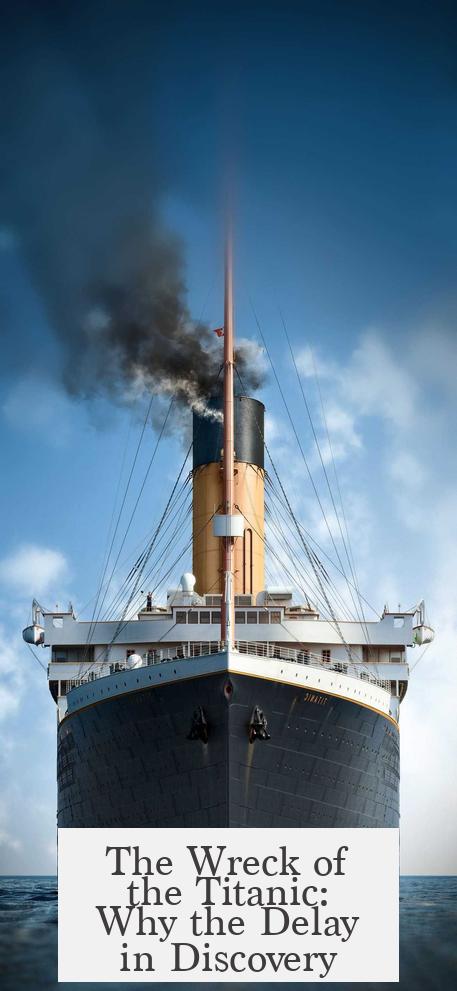
The wreck of the Titanic wasn’t discovered until 1985. But why on earth did it take over 70 years to find it when the approximate location was known right after the sinking?
Let’s dive into this ocean mystery and uncover the real reasons behind the delay.
Initial Miscalculations: A Coordinate Comedy of Errors
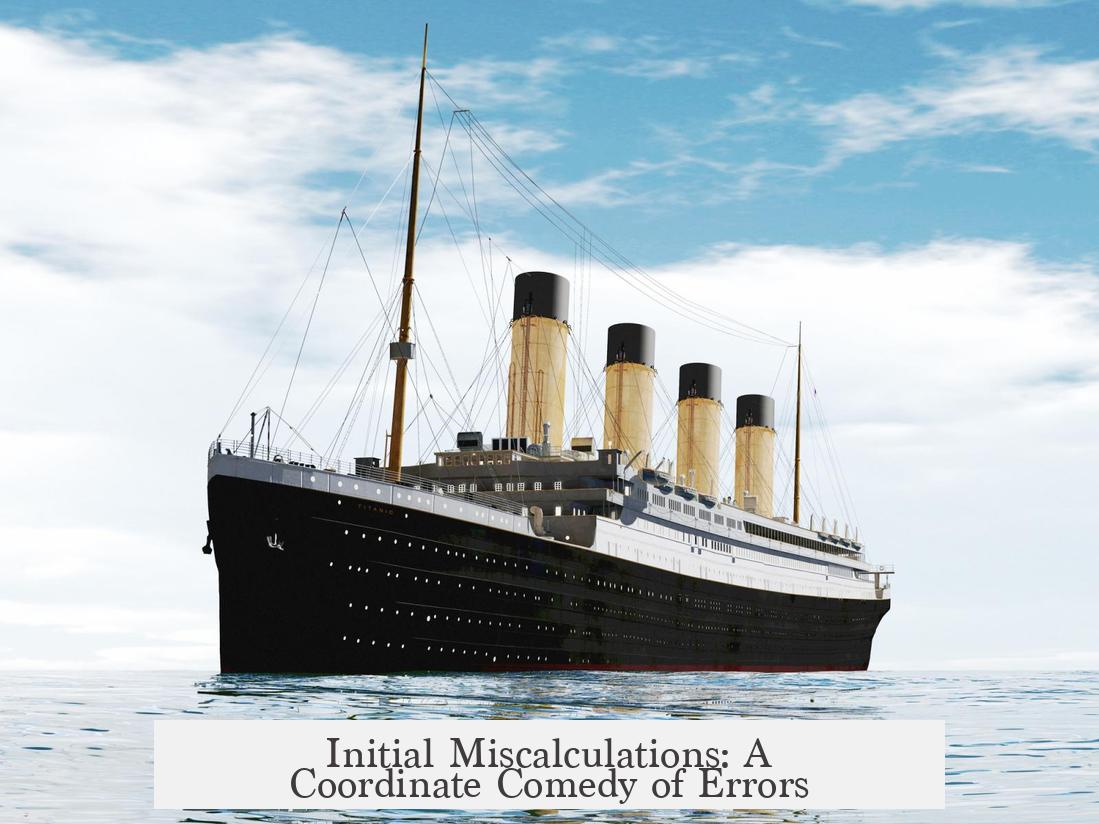
The night Titanic sank, Captain Edward John Smith knew something was dreadfully wrong. Around midnight on April 14th, 1912, as the ship drifted towards its icy doom, Smith sent a CQD distress call with coordinates, hoping help would arrive promptly. But there was a catch.
4th Officer Joseph Boxhall quickly realized Smith had miscalculated their position. He sent out corrected coordinates, but guess what? Both were wrong. How does that happen? You’d think this big ship, with a crew of expert navigators, could at least get the GPS right—oh wait, this is 1912; no GPS.
The issue boiled down to the complexities of navigation back then. Accurate location was trickier than locating a WiFi signal in a cave.
Time-Keeping Chaos at Sea
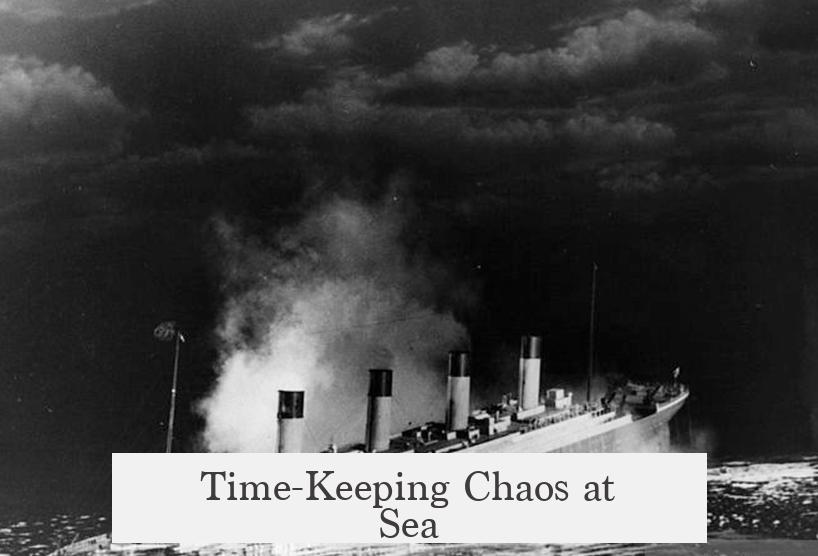
The key to understanding these errors lies with something simple but tricky: time. Titanic sailed westward, effectively traveling “back in time” due to time zones. The ship’s clocks were always adjusted to keep operations smooth, but with two official midnights aboard, confusion thrived.
Imagine trying to coordinate a rescue effort when your timeline keeps hopping back and forth by hours. Each crew shift, navigation reading, and message was susceptible to tiny errors stemming from this time juggling act.
Star Navigation, Slightly Off
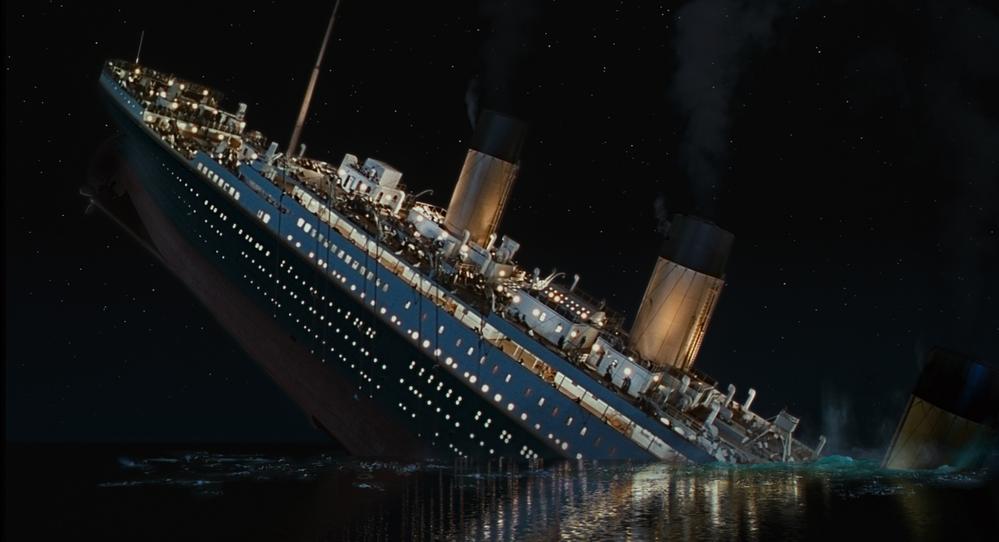
Boxhall’s coordinates were about 13 miles off to the west-northwest. Why? Remember, stars were the navigators’ best friends—they calculated positions based on their shining accuracy.
However, a slight mistake, like misreading a star or someone being just 1 degree off in latitude or longitude, could shift coordinates dramatically—even more so when a ship adjusted its heading unexpectedly.
Given the vastness of the ocean, that 13-mile error turned into a colossal problem for search efforts.
Early Search Attempts: A Young Millionaire’s Bold, Yet Bizarre Plan
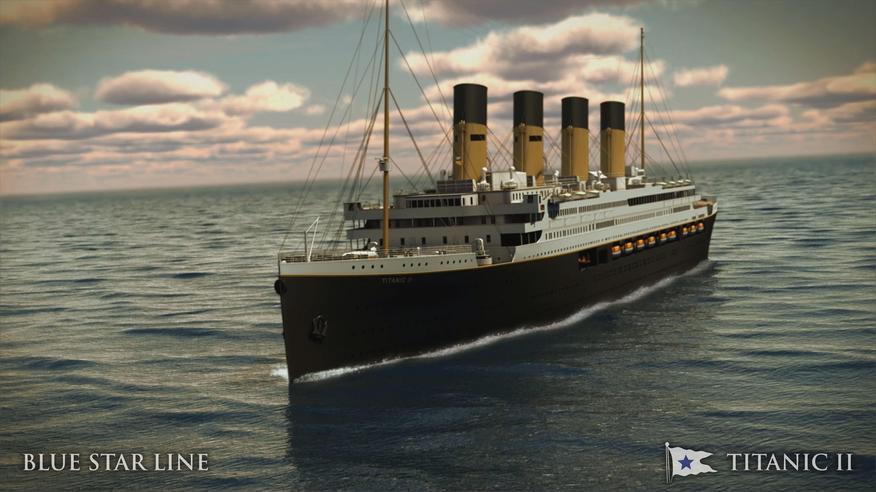
The search for Titanic began as early as April 16th, 1912. Enter 21-year-old Vincent Astor, soon to inherit his family’s fortune. Vincent dreamed big—he planned to rent a sealing ship and hire a wrecking company. His wild idea? Dynamite the wreck to send bodies and debris floating to the surface.
Not exactly a respectful or highly technical approach, but hey, desperate times call for desperate measures. Sadly, his plan was no match for the challenges beneath the Atlantic.
Technology Then vs. Technology Now: Worlds Apart
Back in the early 1900s, there was nothing remotely like today’s advanced submersibles or sonar. Titanic rested broken in two, more than 2.5 miles under the sea surface, in crushing darkness and freezing cold. Finding a tiny sunken ship in an immense, pitch-black ocean was like finding a needle in a haystack—if the haystack was constantly shifting and the needle had no glow.
This lack of technology made locating the wreck nearly impossible, even if the general area was roughly known.
Fantastical Plans and Fails Over the Decades
For 70 years afterward, numerous attempts to find Titanic used increasingly creative ideas:
- Ping-pong balls released to detect wreckage
- Balloons to float debris
- Vaseline to mark the ship’s location
- Even turning Titanic into a giant ice cube
Sounds more like a mad scientist’s notebook than serious search efforts. These quirky approaches reflect the desperate desire mixed with the era’s technological limits.
Jack Grimm: Almost There, But Not Really
Fast forward to 1980, Texas oil tycoon Jack Grimm announces his expedition to find Titanic. Was he the hero the ocean needed? Not quite. Grimm was more about publicity and media buzz, having a documentary deal with Orson Welles, than genuine discovery.
Yet, ironically, Grimm’s team came incredibly close to the wreck site. Although they did not find Titanic, their expedition proved one thing: the original 1912 coordinates were wrong.
The Breakthrough: Robert Ballard’s Smart Approach
Then comes the hero of the story—oceanographer Robert Ballard. In the mid-1980s, Ballard used cutting-edge technology, including side-scan sonar and *Argo*, a remote-controlled submersible, to explore the ocean floor.
Here’s the genius twist: instead of scanning for the Titanic itself, Ballard searched for the debris field—bits of wreckage scatter over a much larger area. This strategy dramatically increased the search area coverage without needing to pinpoint the exact ship hull immediately.
On September 1, 1985, Ballard and his team found the Titanic’s remains, nearly 73 years after its tragic sinking.
Why Is This Story Important?
The Titanic’s delayed rediscovery teaches us a few important lessons:
- Even when we think we “know” something, errors can mislead us for decades.
- Technological advancement is crucial; without it, some truths lie hidden.
- Innovative strategies (like Ballard’s debris field search) can crack seemingly unsolvable mysteries.
Would we have ever found the Titanic sooner without technology like sonar? Probably not. Could the mistakes in navigation and timekeeping have been avoided by today’s GPS and atomic clocks? Absolutely.
While it’s tempting to ask, “How could they miss it?”, we have to appreciate the enormous challenges and limitations faced in 1912 and the decades after.
Next time you hear “the Titanic was later found in 1985,” remember all the human errors, wild ideas, and technical hurdles wrapped in the vast, cold depths of the North Atlantic.
So, why did it take so long to find the Titanic? Because the initial coordinates were wrong, the time-keeping on board was complicated, the ocean was vast and deep, technology was primitive, and early search attempts ranged from heroic to hilariously ineffective. Only when new technology and smart tactics converged did the Titanic finally reveal her long-hidden resting place.
Isn’t it fascinating how even in the age of information, some secrets need decades and a touch of oceanographic wizardry to be unveiled?
